In an era where sustainability is rapidly redefining consumer choices, Broken Planet Market (BPM) has emerged as a prominent player in the fashion industry. Known for its bold designs and eco-conscious production, BPM speaks directly to a generation prioritizing sustainability, transparency, and ethical practices. With a mission to challenge the pervasive issues of fast fashion, BPM marries bold aesthetic choices with a sense of responsibility, aiming to reshape consumer habits and the industry as a whole. This essay delves into BPM’s journey, exploring its ethical stance, unique brand aesthetic, and growing appeal among a mindful, younger demographic.
Background and Brand Story
Founded as a small business with a strong focus on ethical and sustainable practices, Broken Planet Market was born out of a desire to counteract the detrimental effects of fast fashion. The brand’s founders, deeply aware of the waste and exploitation within the fashion industry, set out to create a company that would uphold environmental and ethical standards. From its inception, BPM embraced the concept of upcycling—transforming old materials into new, stylish garments. This ethos not only addresses the need for waste reduction but also challenges the disposable nature of fashion today. Through limited releases and small-batch production, BPM maintains an exclusive appeal, allowing the brand to focus on quality over quantity and prioritize sustainable choices at every step.
As BPM grew, so did its reputation for aligning creative streetwear with environmental activism. The brand’s messaging consistently emphasizes the importance of conscious consumption, urging consumers to be more thoughtful about their purchasing habits. Notable collaborations with other eco-friendly brands and influencers have further solidified BPM’s place as a key player in the sustainable fashion movement, resonating deeply with a demographic increasingly aware of their environmental footprint.
Sustainable and Ethical Practices
A cornerstone of BPM’s success is its unwavering commitment to sustainability. The brand’s use of recycled and upcycled materials addresses two pressing issues: reducing waste and minimizing resource consumption. Each piece is crafted with an awareness of its environmental impact, from the materials chosen to the energy used in production. BPM has been transparent about its supply chain, ensuring that every person involved in creating its products is treated fairly and compensated ethically. By limiting its collections to small batches, BPM also encourages a “buy less, choose well” philosophy, which resonates with a generation more inclined to invest in durable, responsibly-made pieces.
In addition to responsible material sourcing, BPM’s advocacy for ethical labor practices sets it apart in an industry often criticized for exploitative conditions. By working closely with suppliers that uphold fair labor standards, BPM challenges the norm of low-cost, high-volume production models. This transparency fosters trust with consumers, who are increasingly demanding accountability from the brands they support. Moreover, BPM’s limited product releases and exclusive “drop” model encourage mindful buying, creating a community of consumers who value quality over quantity and see their purchases as investments rather than disposable trends.
Distinctive Aesthetic and Branding
Broken Planet Market’s design aesthetic is characterized by bold graphics, streetwear-inspired silhouettes, and statements that reflect the brand’s commitment to sustainability. Each garment features unique, often oversized graphics that communicate BPM’s mission, making its wearers feel like part of a larger movement. The designs are unafraid to make statements—both visually and ideologically—emphasizing BPM’s identity as a brand that blends fashion with a cause.
BPM’s branding strategy, particularly on social media, has been key to building a strong, engaged following. By sharing the stories behind its designs, educating its audience on the impact of fast fashion, and promoting a lifestyle rooted in responsibility, BPM has cultivated a brand image that appeals to a young, socially conscious audience. The “drop” model, inspired by streetwear culture, creates a sense of exclusivity, while still aligning with BPM’s sustainability goals. This model limits waste while ensuring that every product produced has a purpose and a market.
Target Audience and Cultural Impact
BPM’s core demographic is largely made up of Gen Z and millennials—groups that prioritize sustainability, transparency, and ethics in their purchasing decisions. This generation, raised amid discussions of climate change and environmental responsibility, is actively seeking brands that reflect these values. Broken Planet Market resonates with this audience by embodying their principles, offering products that allow them to express their identity while making a positive impact.
The cultural influence of BPM goes beyond fashion; it’s part of a broader movement toward ethical consumerism. By aligning with causes that matter to its audience, BPM has become a voice for conscious consumption, standing as an example of how fashion brands can operate responsibly. The brand’s commitment to slow fashion, combined with its compelling, youth-focused aesthetic, positions BPM as both a fashion leader and a social advocate. In this way, BPM is more than a brand—it’s a community of like-minded individuals striving to reshape the industry.
Challenges and Future Outlook
As Broken Planet Market grows, it faces several challenges typical for sustainable brands. Scaling production while maintaining ethical standards can be difficult, especially when competing with larger companies that operate on a much larger scale and often cut costs by compromising on environmental and labor practices. However, BPM’s dedication to its core principles sets it apart, and its commitment to transparency fosters a loyal customer base that appreciates its ethics.
Looking forward, BPM’s potential for growth is strong, especially as the demand for sustainable fashion continues to rise. Future collaborations with other eco-friendly brands or designers could further amplify BPM’s message and expand its reach. Innovations in eco-friendly materials or production techniques may also play a role in BPM’s evolution, allowing the brand to stay at the forefront of sustainable fashion.

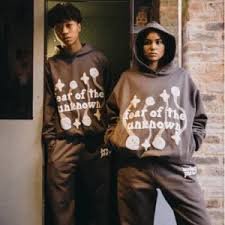

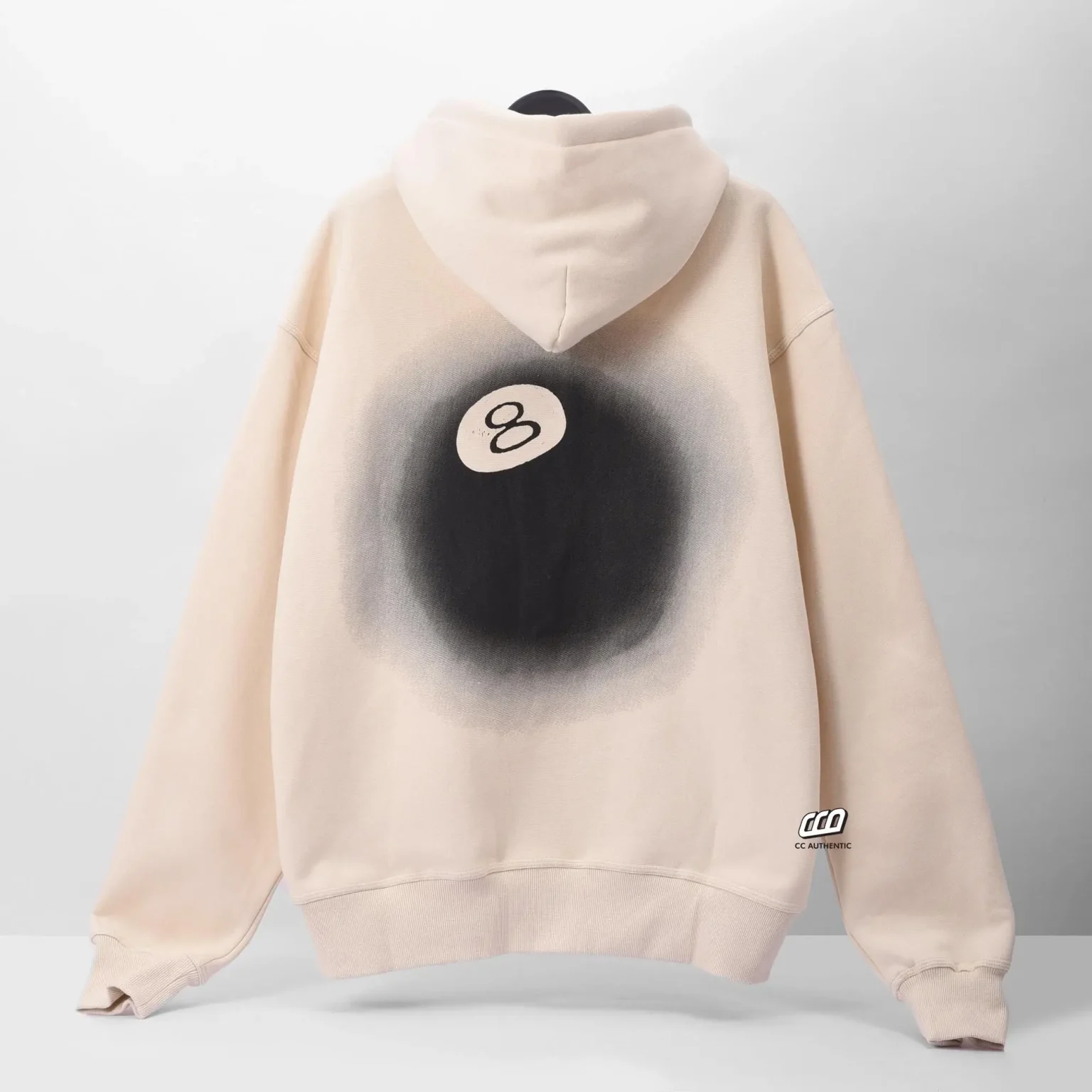
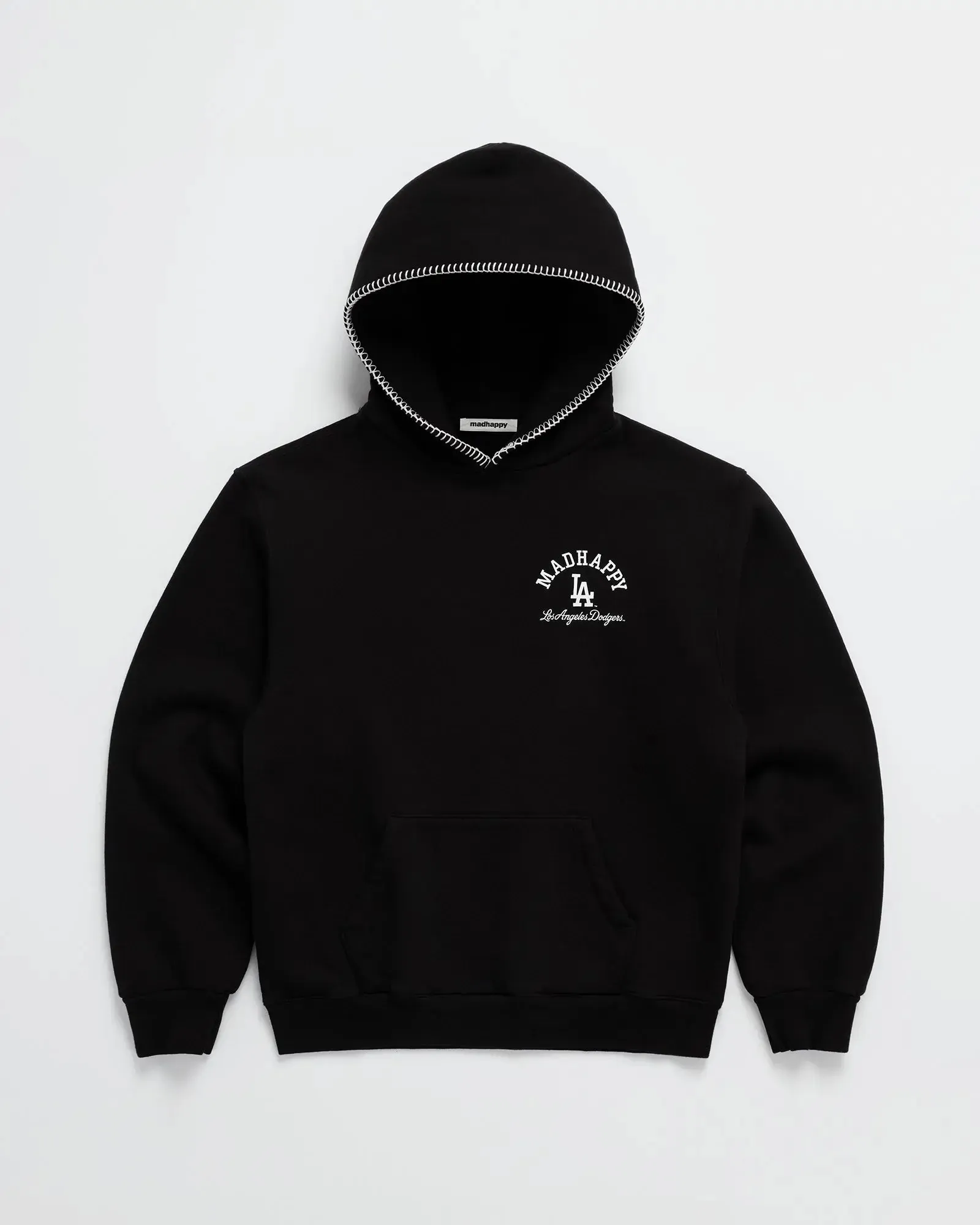
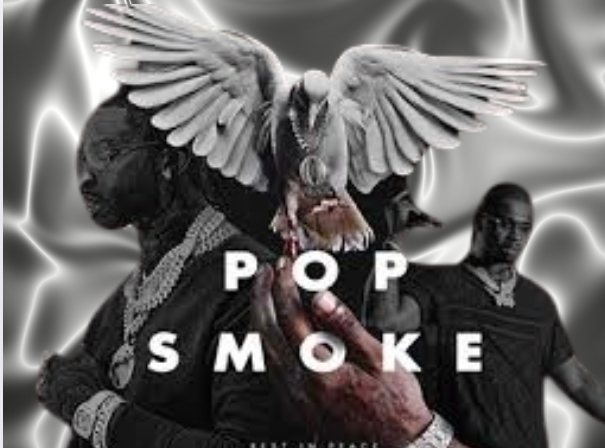

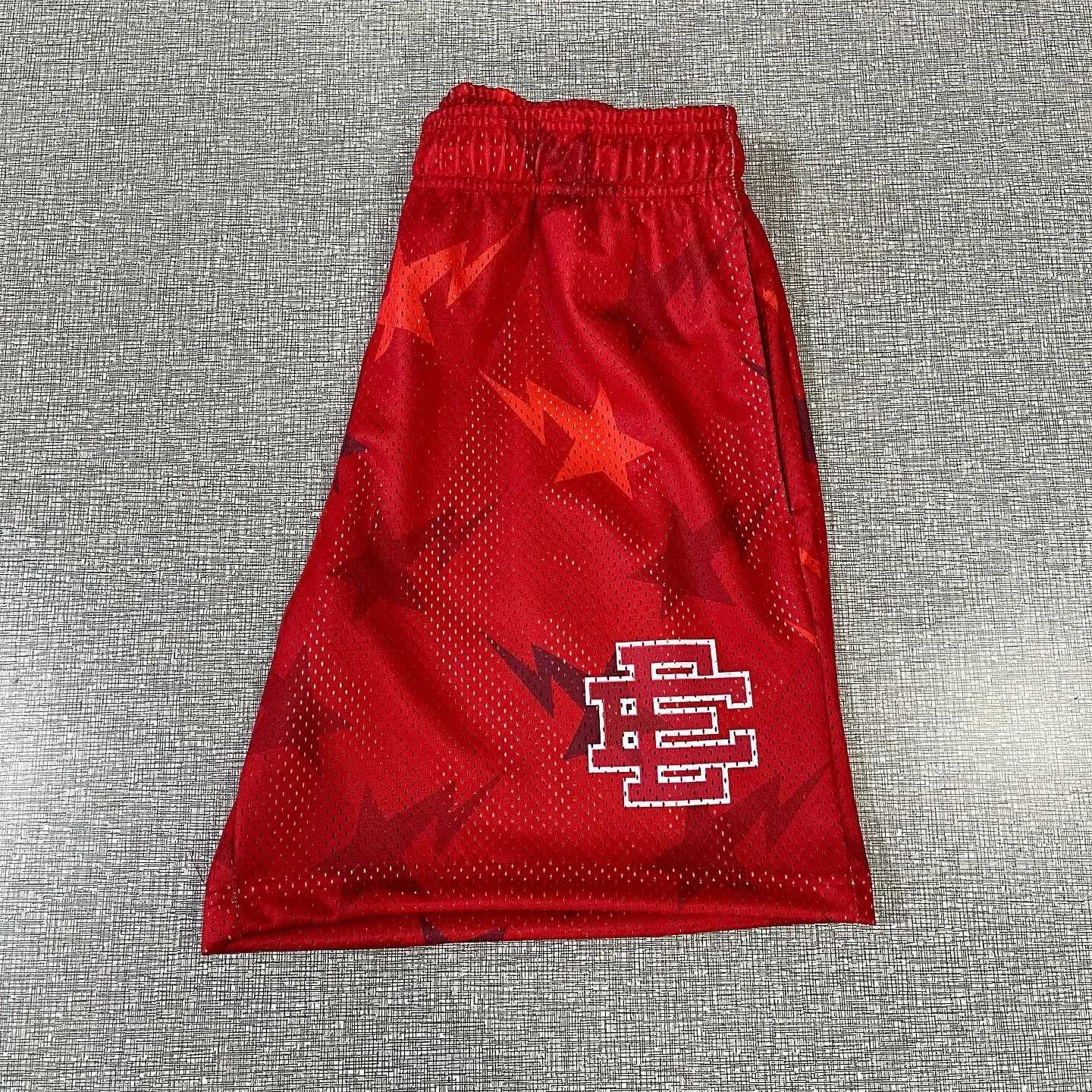

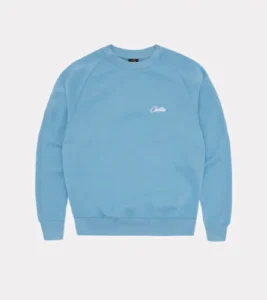
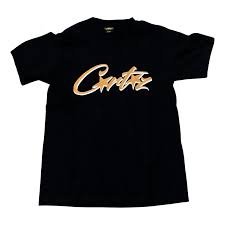





Leave a Reply